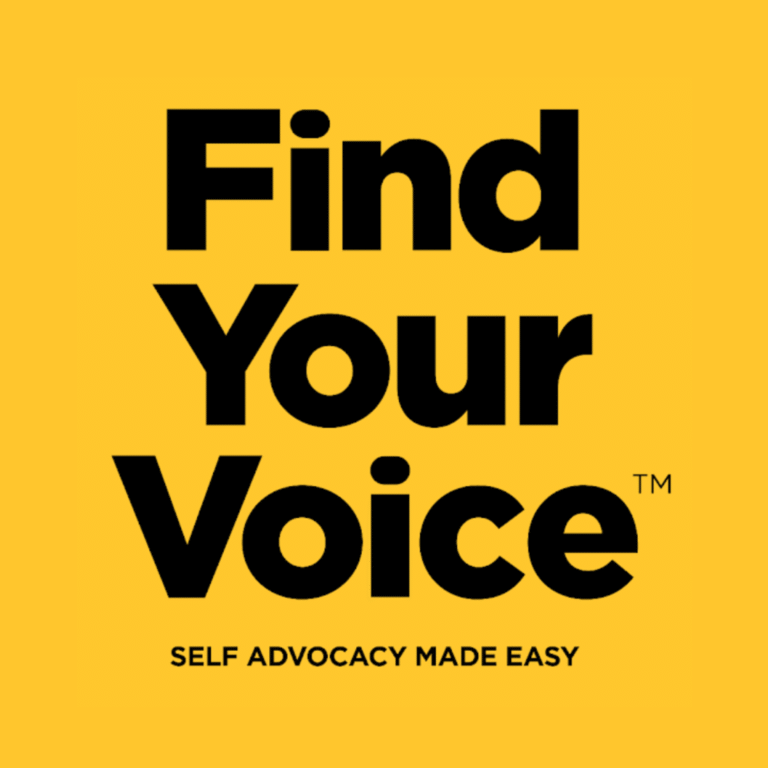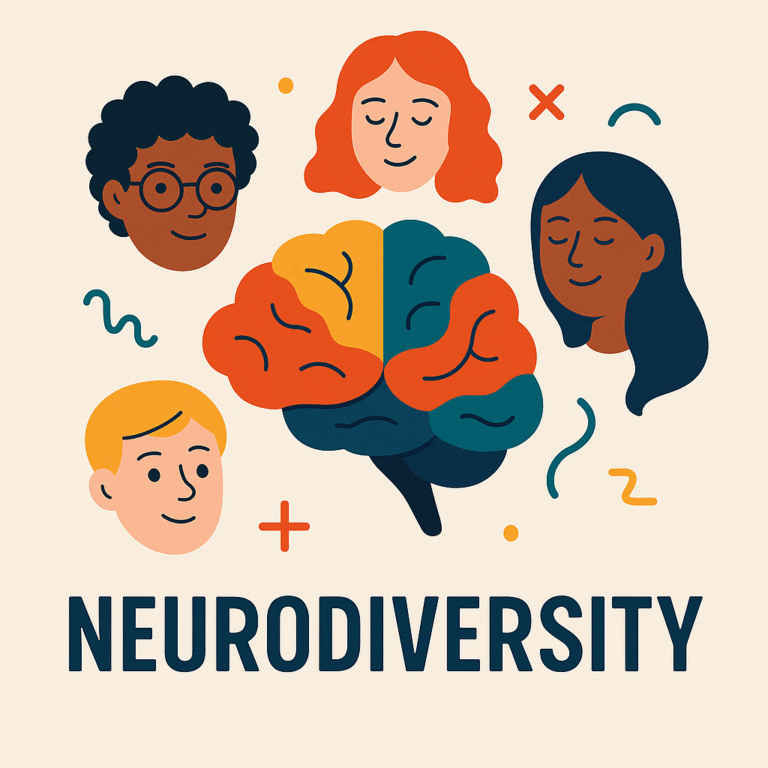Flying with a Disability: Hidden Barriers and Hopeful Solutions
TLDR:
Flying with a disability is still more difficult than it should be. From inaccessible booking systems to inconsistent support at airports and onboard, passengers with disabilities face avoidable stress at every stage of air travel. But change is possible. With better design, training, and accountability, we can move beyond compliance and create journeys that are truly inclusive. Here’s where the system is falling short and how we fix it.
Before Takeoff: Friction from the First Click
Flying with a disability should be a pathway to freedom, not a gauntlet of obstacles. Yet for many travellers with disabilities, the journey from booking to baggage claim remains anything but smooth. While the law mandates free assistance and equal treatment, the lived experience often tells another story, one marked by inaccessibility, uncertainty, and frustration.
Booking a flight online can feel like navigating a legal maze for people with visual impairments or neurodivergent conditions. Screen readers often struggle with cluttered interfaces, and service options like mobility aid carriage or assistance requests are buried or poorly explained.
For many, the journey stalls even before reaching the terminal. Accessible transport to airports can be unreliable or unaffordable, especially for wheelchair users in rural areas. Missed connections aren’t just an inconvenience: they can cost money and peace of mind.
At the Airport: Assistance That Isn’t Assisting
Airports can be vast and disorienting. Without clear signage or consistent layout, even a simple gate change can become a stress test. Travellers who request mobility support are often left waiting in holding areas for long stretches, then rushed through procedures without explanation.
Security checkpoints amplify the pressure. Rigid, sensory-heavy environments combined with unclear protocols make screening a top concern. For some, this leads to shutdowns or panic attacks, often misread by staff untrained in hidden disabilities.
In the Air: Comfort Compromised
Boarding doesn’t end the challenges. Accessible seating is limited, and travellers using wheelchairs may be separated from carers or relocated to inconvenient spots. In-flight restrooms remain inaccessible on most aircraft, forcing many passengers with disabilities to dehydrate themselves before travel: a risky workaround no one should have to make.
After Landing: The Struggle Isn’t Over
Disembarking assistance often arrives late, leaving some travellers stranded while the cabin empties. Others feel compelled to navigate busy terminals alone. At baggage claim, missed connections due to delays can mean extra costs, especially if accessible transport was booked in advance.
What Needs to Change and How
The good news? These are solvable problems. Our Beyond Compliance study found that better staff training, consistent service, and proactive communication top the list of passenger priorities. Investing in inclusive design, from online forms to physical spaces, doesn’t just improve the experience; it builds brand loyalty and meets regulatory expectations.
Initiatives like the Hidden Disabilities Sunflower Scheme, sensory spaces, and “Try Before You Fly” events show that progress is possible when the voices of people with disabilities guide the process.
Looking Ahead: Inclusion Is the Destination
Flying with a disability shouldn’t require courage – it should require only a ticket. With sustained collaboration between airlines, airports, and travellers with disabilities, we can reimagine air travel as truly accessible. Because freedom to fly should never be a privilege. It should be a right.
Flying with a disability can be challenging, but every journey matters and your story could spark real change. Whether you’ve had positive experiences or faced unnecessary barriers while flying, your voice can help shape a more inclusive future for everyone. Click here to take our short survey and share your air travel experiences . By contributing, you’re not just raising awareness – you’re helping airlines and airports understand what truly works and where they’re still falling short. Together, we can make accessibility a reality, not a request.
References Used:
Beyond Compliance: The Air Travel Experiences of People with Disabilities
Neurodiversity in Air Travel: Creating a More Inclusive Airline Industry



